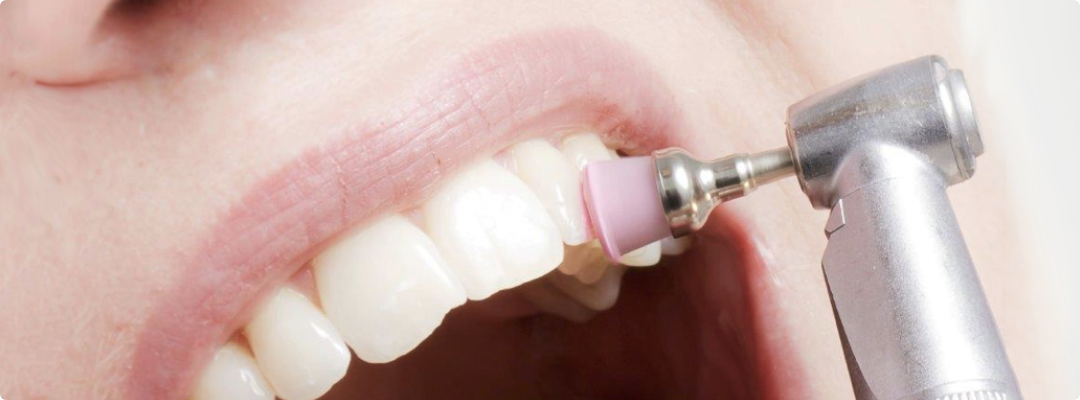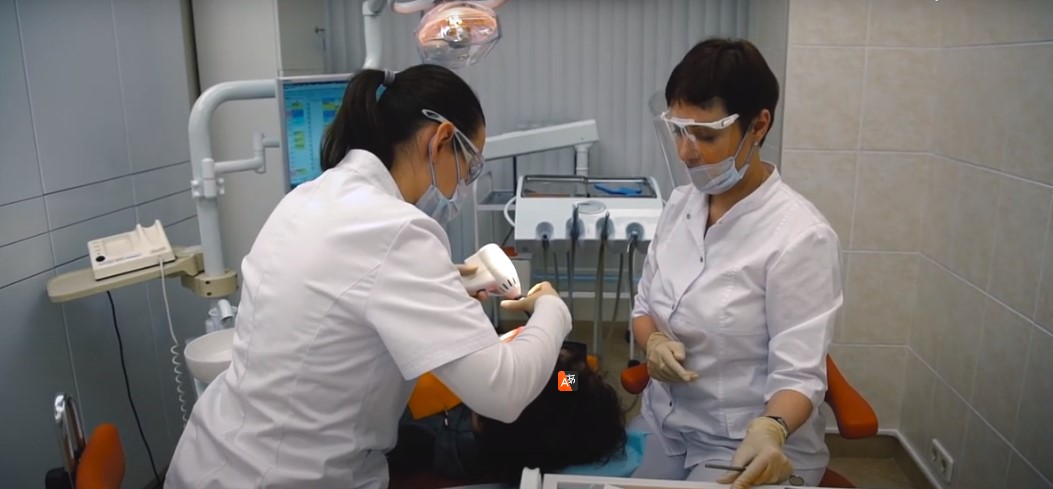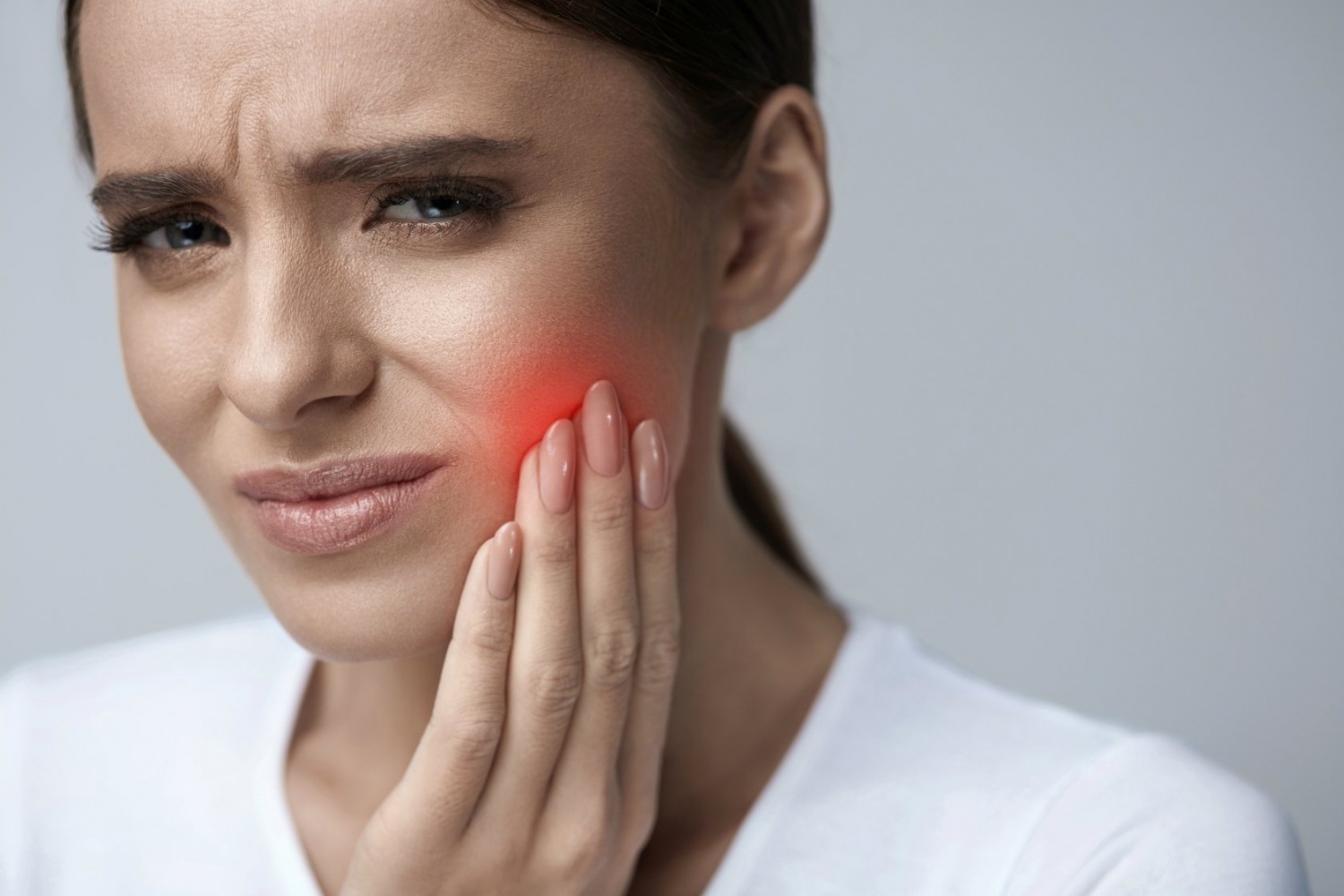Dental caries is the most common dental disease. It starts with the appearance of small dark spots on the enamel, then quickly develops and without timely treatment can lead to serious complications.
There is a special type of caries – neck caries, which is quite difficult to detect at an early stage. In this article we will tell you why it appears and how to eliminate it.
What is dental caries at the neck
This is tooth decay, which many people do not even notice. After all, it is formed in the root part of the tooth, closer to the gum. The enamel in the neck area is very thin, and if not treated in time, it can be very uncomfortable when eating sour or cold food.
The neck area of the tooth is quite vulnerable – in addition to caries, non-carious formations, such as erosions or wedge-shaped defects, can appear in it. These are often confused with tooth decay because the symptoms are very similar. If you experience any discomfort, you should see a doctor as soon as possible.
Why neck caries occurs
Improper hygiene
You should brush your teeth in the morning and evening. But hygiene should be done correctly: you should make brush movements from the gum to the cutting edge. Then plaque will accumulate less in the neck area.
It is recommended to undergo professional oral hygiene 2 times a year. Only a hygienist can completely eliminate plaque and strengthen the enamel with useful elements. After this procedure, your teeth will be strong, smooth and bright. The risk of tooth decay will be reduced several times.

Gum recession (drooping)
This problem is mostly found in elderly people. The gum loses its elasticity and descends. The neck of the tooth becomes exposed and susceptible to external influences – the risk of neck caries increases with poor hygiene and reduced saliva flow.
Harmful habits
Excessive smoking, abuse of alcoholic or carbonated drinks and sweets are factors in the rapid development of dental caries.
Body condition
Stress, depression, hormonal changes, as well as diseases of the gastrointestinal tract also lead to the appearance of sensitivity, wedge-shaped defects and neck caries.
Forms and Symptoms of Neck Caries
Initial caries (spot stage).
White spots and roughness on the enamel appear.
Superficial caries.
You experience discomfort when eating, roughness and discoloration of the enamel.
Medium tooth decay.
You are concerned about pain when brushing and chewing, there is a reaction to cold, hot, sweet, sour. You can see darkening at the base of the tooth.
Deep caries.
The infection has penetrated deep into the tooth, you feel severe pain when you eat food in the affected area. Chipping and a deep dark carious cavity has appeared.

Treatment of dental caries
How neck caries will be treated depends on its form. The disease at the initial stage is very easy to eliminate without the use of a drill. Instead, ICON technology is used. A special composition is applied to the enamel, which penetrates deep into the enamel and fills the affected area. Caries is also eliminated with the help of remineralization. The tooth is covered with a means that saturates the enamel with fluoride and calcium.
When treating superficial, medium and deep caries, it is already necessary to prepare the tooth. First, the doctor applies anesthesia and isolates the working area from moisture with a latex plate – cofferdam. After the doctor gently pushes back the gum to gain access to the root part. He then removes the decayed tissue and restores the shape of the tooth with filling material.
Prevention of neck caries
To avoid the appearance of tooth decay, you should follow some recommendations:
- buy a quality toothbrush and toothpaste
- Brush your teeth properly 2 times a day, using floss and rinse.
- Normalize your diet, eat more fruits and vegetables, reduce the consumption of sweets.
- Rinse your mouth after every meal
- Cut down on bad habits, especially smoking.
- Visit your hygienist and dentist every six months.




